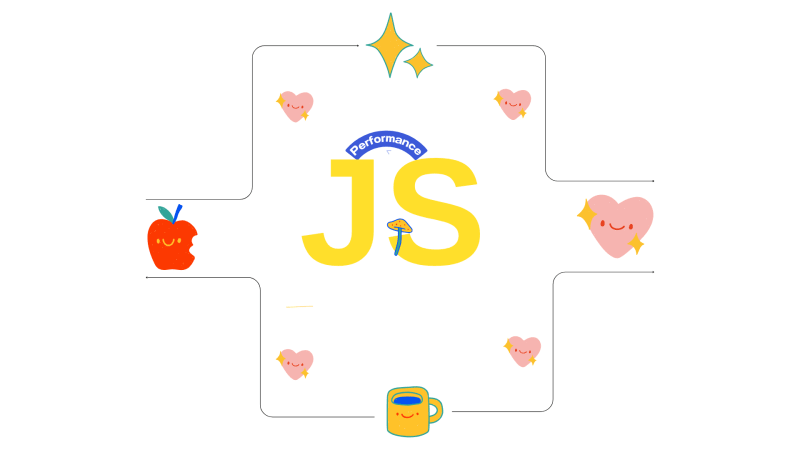
JavaScript, the dynamic and versatile programming language of the web, is a powerhouse for creating interactive and engaging web applications. But like any other language, JavaScript can get a little messy at times. 😬 Fear not, for in this article, we'll dive into the art of cleaning up your JavaScript code with some proven techniques. 💻✨
The Dirt on Dirty JavaScript 😕
Before we unveil our cleaning arsenal, let's take a look at what makes JavaScript code dirty:
1. Spaghetti Code 🍝: When your code becomes a tangled mess of unstructured functions and variables, it's like trying to eat spaghetti with a spoon – messy and frustrating!
2. Global Variables 🌐: Overuse of global variables can lead to conflicts and unintended side effects. Your code turns into a chaotic playground.
3. Poor Naming Conventions 🐒: Naming your variables and functions unclearly is like hiding the cleaning supplies – you'll never find what you need!
4. No Comments 😶: Imagine your code is a mysterious box, and you've forgotten the key. Comments are the key, and without them, your code remains a puzzle.
Cleaning Techniques 🧽
1. Embrace Modularity 📦
Break your code into smaller, reusable modules. This makes it easier to understand and maintain. Here's a simple example:
read my full article here






Top comments (1)
No comments can sometimes be a sign of really good code - code whose purpose is obvious just from reading it. Comments should only be added if what is going on is not easily discernible by simply looking at the code.